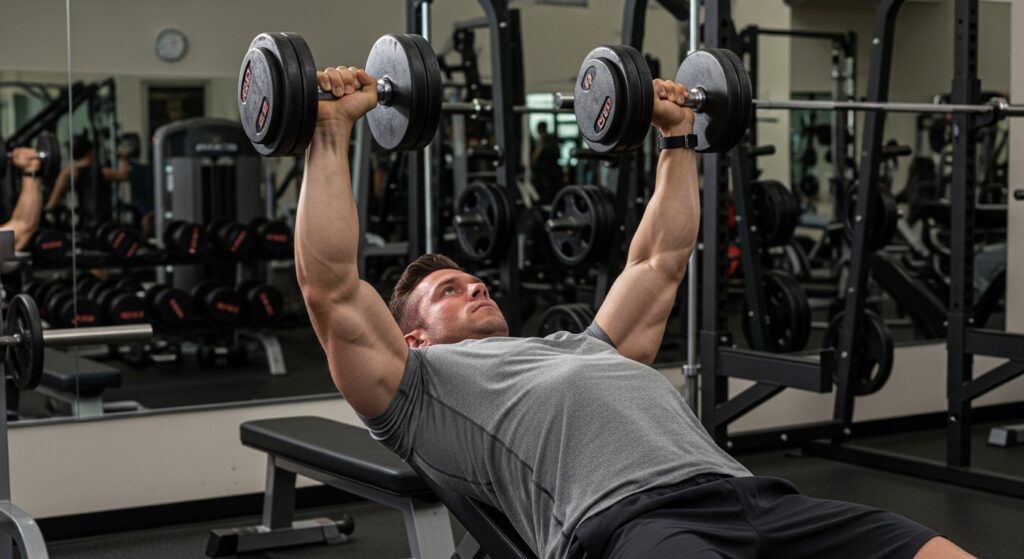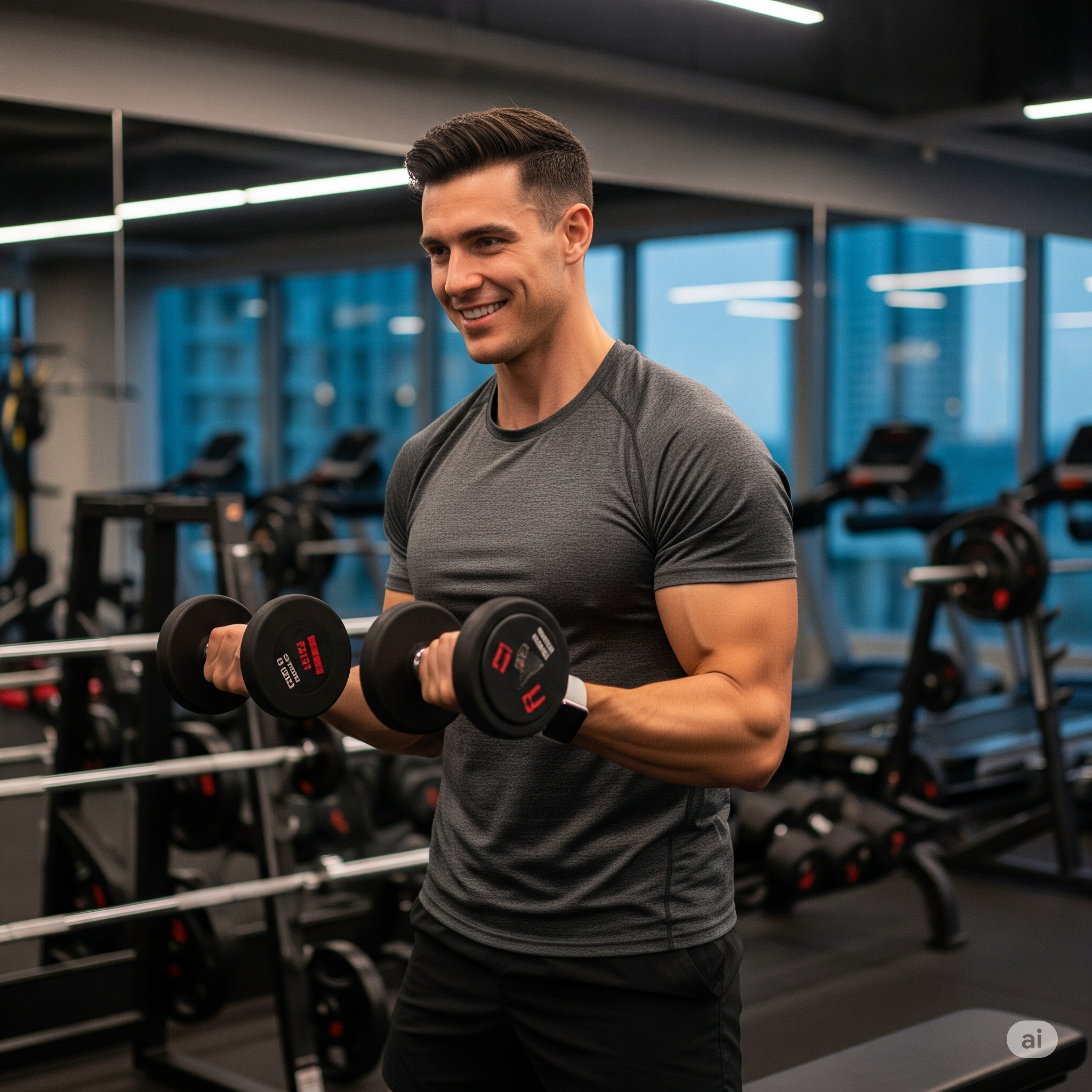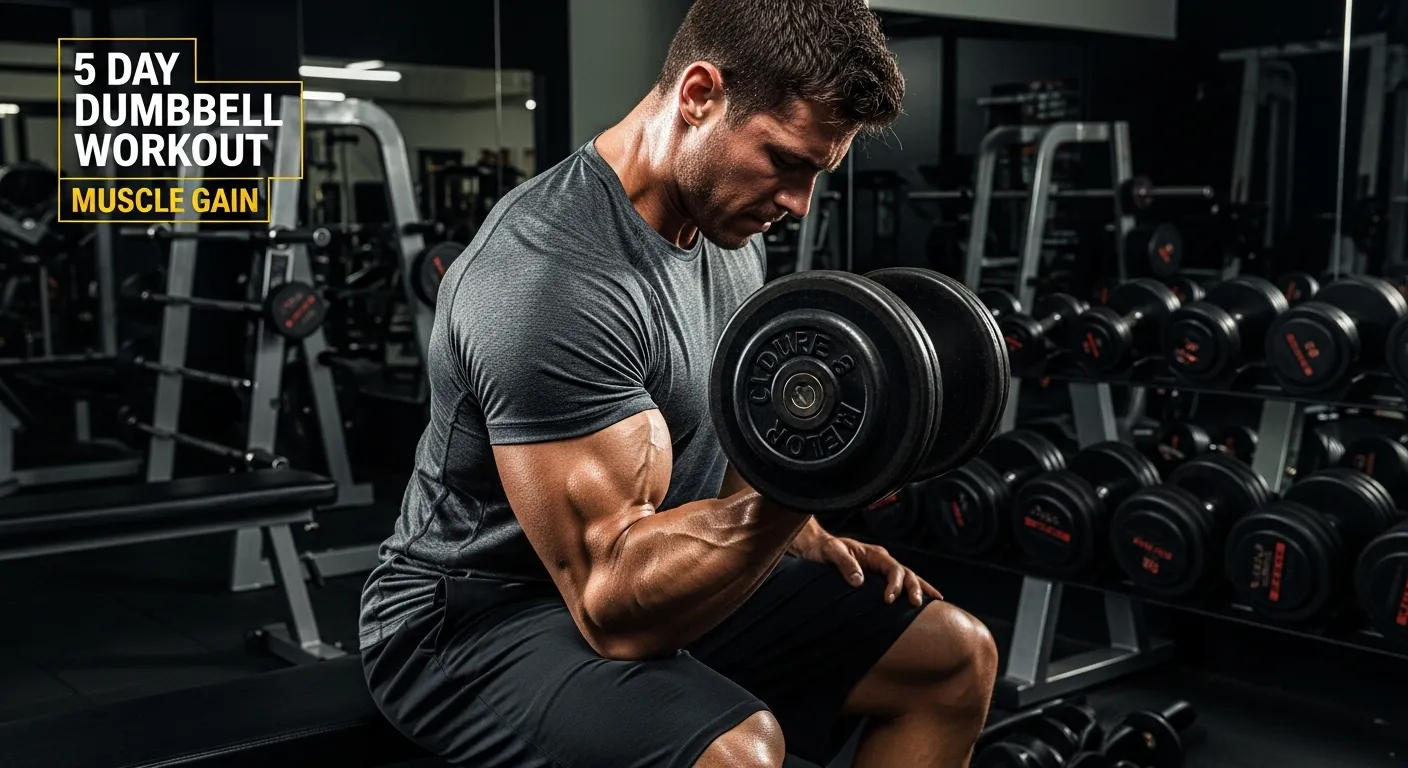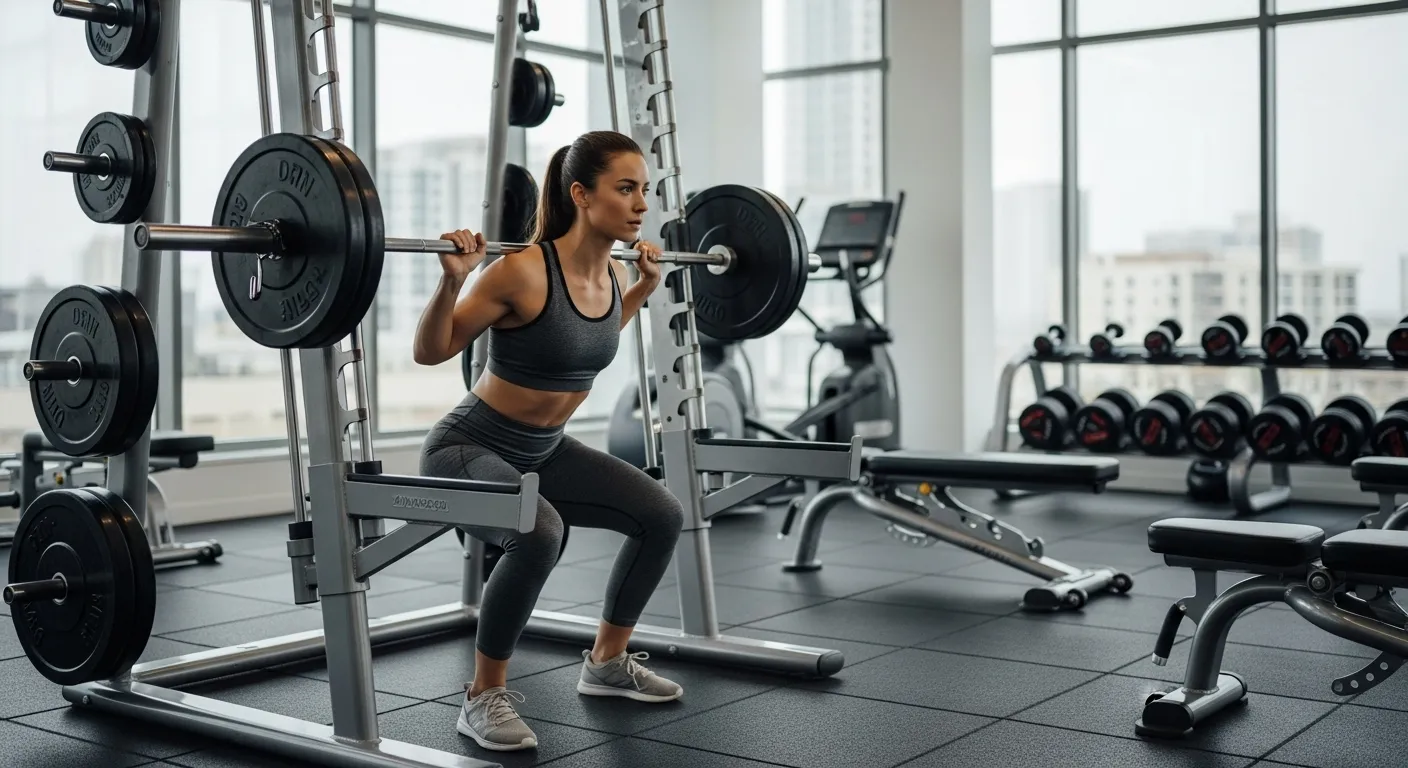Top Incline Dumbbell Press Tips for Chest Growth

If you’re serious about building your upper chest, the incline dumbbell press has to be in your routine. I’ve been training people for years, and this one move separates a full-looking chest from a flat one. It’s simple on paper, but the details matter. The angle, grip, and how you press, all of it affects how your chest develops.
A lot of lifters think it’s just another bench variation. Not really. The incline dumbbell press hits that upper portion of the pectoral muscle that most people struggle to build. Done right, it shapes your chest, not just makes it bigger.
Why the Incline Dumbbell Press Works
Think of your chest like a slope, the lower part gets hit by flat presses, the upper by incline work. Dumbbells give you freedom that a barbell doesn’t. You can move naturally, adjust your wrist angle, and press in your body’s own range.

Most benches let you change the incline angle. Around 30 to 45 degrees is ideal. Anything higher turns it into more of a shoulder press. Anything lower hits too much of the mid-chest.
And yeah, use dumbbells that you can control. Not ones you wrestle with. Your form breaks down fast when you ego lift.
Incline Dumbbell Press Form (How I Teach It)
I’ve seen every mistake in the book on this one, so let’s keep it clear.
Step-by-Step Form
- Bench Angle: Set it between 30 and 45 degrees.
- Starting Position: Sit down with dumbbells on your thighs.
- Kick the weights up: Use your knees to help bring them to shoulder level as you lie back.
- Hand position: Palms facing forward, wrists straight.
- Press: Drive the dumbbells up till your arms are almost straight, not locked.
- Lower: Control them back down to chest level. Don’t bounce.
That’s one rep done right.

Incline Dumbbell Press for Beginners
If you’re new, start light and get the feel first. Dumbbells wobble, that’s normal, your stabilizers are learning. Stick to 3 sets of 12 to 15 reps with a weight you can control.
Don’t rush. Form comes before load. Ask a buddy to spot you till you get steady. Confidence builds faster that way.
Muscles Worked and Why It Feels Different
The incline dumbbell press mainly works the clavicular head of the pectoralis major, that’s the upper chest. You also hit the front delts and triceps as helpers.
When you use dumbbells instead of a barbell, you also engage stabilizers. The small muscles around your shoulders and chest help keep balance. That’s why it burns differently.
Table: Incline vs Flat vs Decline Press
| Type of Press | Main Target | Angle | Difficulty | Shoulder Involvement |
|---|---|---|---|---|
| Incline Dumbbell Press | Upper Chest | 30° to 45° | Moderate | High |
| Flat Bench Press | Mid Chest | 0° | Moderate | Medium |
| Decline Bench Press | Lower Chest | 0° to 15° | Easy | Low |
Common Mistakes I See Every Week
1. Too High an Incline
People crank the bench to 60 degrees and start pressing. That’s almost a shoulder press. Your chest barely gets involved.
2. Half Reps
Everyone’s guilty of this. Lower the dumbbells till your elbows are at least in line with your chest. Feel the stretch. That’s where the growth happens.
3. Bouncing Dumbbells
Don’t let the weights touch and bounce at the top or bottom, control them. The tension on your muscles is what builds size, not momentum.
4. Flared Elbows
Keep elbows around a 45-degree angle from your body. Too wide? You’ll stress your shoulders. Too close? You’ll hit triceps more than chest.
Incline Dumbbell Press Variations
Change it up sometimes. Keeps your body on its toes and helps you determine what works best.
- Neutral Grip Press: Palms face each other, safer on shoulders.
- Single Arm Press: Strengthens the core and balance.
- Slow Eccentric Press: Let the weights down over the course of 4 to 5 seconds. Good for strength and control.
- Incline Dumbbell Fly: Same bench angle, but arms open wide. Focuses on stretch and contraction.

Best Angle for Chest Growth
For most lifters, 30 degrees is the sweet spot. That angle hits the upper chest without overworking the shoulders.
If you’re newer to lifting or have shoulder pain, go slightly lower. You’ll still target the chest without the strain.
Incline Dumbbell Press vs Barbell Press
| Aspect | Dumbbell Press | Barbell Press |
|---|---|---|
| Range of Motion | Wider | Limited |
| Muscle Activation | More stabilizers | Focused |
| Risk of Imbalance | Higher | Lower |
| Shoulder Stress | Lower (if done right) | Moderate |
| Suitable For | Isolation & control | Power & strength |
Personally, I prefer dumbbells for chest work. The freedom of movement feels natural. You can adjust mid-rep if something feels off. Barbell’s good for loading heavy, but dumbbells shape better.
Sets, Reps, and Progression
For chest growth, I usually recommend 3 to 4 sets of 8 to 12 reps. You can go heavier for 6 to 8 if you’re chasing strength. But always with form.
Don’t increase weight every week just because you can. Focus on mind-muscle connection, feel your chest working. Once you can do 12 clean reps, move up a notch.
Progressing the Right Way
Track your lifts. Even small jumps matter. Add 2.5 to 5 lbs when your 12th rep feels clean. Keep your tempo slow, control every inch.
Pause at the bottom for a second before pressing up. It builds strength and better chest activation. No ego lifting. Smart progression beats heavy chaos every time.
Incline Dumbbell Press at Home
If you’ve got a bench and dumbbells, you’re good. Even adjustable benches work fine. If not, use a sturdy surface angled with cushions or support.
Or grab resistance bands and mimic the motion. It’s not the same, but still works when you’re stuck at home.

Shoulder Safety Tips
- Warm up shoulders before pressing, a few light band pull-aparts or arm circles.
- Keep your shoulder blades pulled back. This keeps tension in your chest, not your joints.
- Don’t lower the dumbbells too deep. Once elbows go below the bench level, you’re pushing your luck.
Small Tweaks That Make a Big Difference
- Grip width: Slightly wider than shoulder-width feels right for most.
- Press path: Think “up and in.” Don’t push straight up, bring dumbbells slightly together.
- Tempo: 2 seconds up, 3 seconds down. Time under tension builds muscle.
- Breathing: Exhale as you press, inhale as you lower.
My Personal Tips for Chest Growth
If your upper chest is lagging, do incline dumbbell press first in your workout. Fresh muscles lift better. Mix in pushups between sets to pump more blood into the area. And don’t skip rest days, recovery builds muscle, not the workout alone.
Some lifters grow better with higher reps, others with heavier weight. Find what feels best for your chest, not your ego.
FAQs
1. What angle is best for incline dumbbell press?
Between 30 to 45 degrees. Thirty works best for most people’s chest activation.
2. Can I do incline dumbbell press every day?
No. Your muscles need recovery. Two chest-focused days a week is plenty.
3. Should I do a lot of incline dumbbell press?
Only if your form is perfect. Otherwise, stay moderate and focus on control.
4. Can I replace flat bench with incline press?
You can, but for balanced development, mix both in your routine.
5. Why does my shoulder hurt during incline press?
Usually from bad angle or flared elbows. Change your setup or lower the slope.

I’m Benjamin Clark, dedicated to elevating your athletic performance. Get targeted fitness plans, injury prevention techniques, sports psychology insights, and the latest in nutrition. Let’s train smarter.


